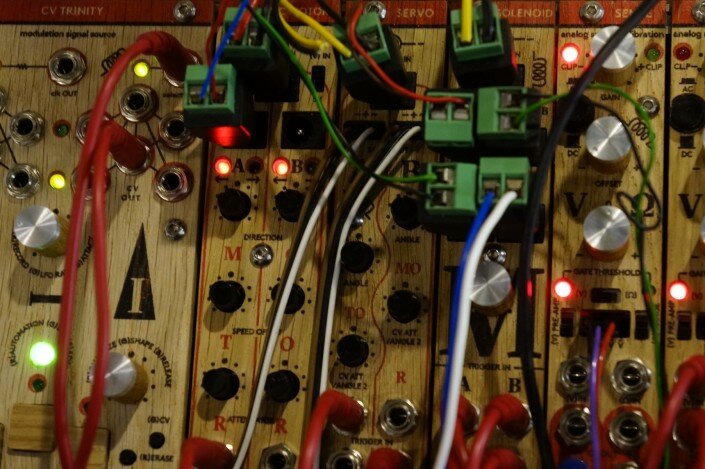Piezoceramic Magic Power Revealed

At present there are two fundamentally different methods of conversion of high-frequency electric oscillations in mechanical ones. The processed is carried out either with piezoceramic or magnetostrictive transducers (emitters).
Piezoceramic transducers are based on the properties of the piezoelectric crystals which change their shape under the influence of an electrical voltage.
The operating principle of magnetostrictive transducers are based on the phenomenon of electromagnetic induction. These devices represent an induction coil within which the moving core is formed. Both types of radiators have their advantages and disadvantages. Hilsonic experts, the company concentrating its effort on ultrasonic cleaner equipment production have worked hard to assess both technologies… and this is why they chose the piezoceramic devices.
Energy efficiency
Piezoelectric transducers demonstrate unsurpassed effectiveness due to the mechanism of action: electrical energy is converted into mechanical energy directly. The energy loss percentage in the ceramic typically doesn’t exceed 5%. This means that 95% of the electrical energy supplied by the transducer, is to perform a useful function (cleaning). Contemporary ultrasound generators used in conjunction with piezoceramic radiators have an efficiency of at least 70%. Magnetostrictive systems operate on the basis of dual-energy conversion, which inevitably leads to a decrease in efficiency. Electric effect converted into a magnetic field and then to mechanical energy. Energy losses due to the effectiveness of magnetostrictive emitters do not exceed 50%. Generators designed to supply magnetostrictive transducers with power, even with a good tune, basically have an efficiency greater than 70%.
Heat and noise factor
A low efficiency results in a magnetostrictive radiator that acts on the free energy converter itself, causing it to excess heat and improve spurious noise. In practice, washing plants, implemented in magnetostrictive transducers require periodic cooling, as well as installation indoors to avoid exposure to excessive noise on the staff. Piezoceramic radiators heating during operation is not essential and not much different from the temperature of the liquid in the bath, the noise level does not exceed the allowable state standard values.
Frequency radiation
Conventional ultrasonic wave frequency varies in the range from 20 to 200 kHz. Cavitation, which appears due to the action of low frequency, is more effective, but also the excessive reduction in the incidence is unacceptable, since the cavitation energy may damage the smooth polished surface. Empirically it has been found that the frequency 27kHz is ideal for cleaning, while providing excellent quality. Due to the limitations imposed by the physical dimensions of a magnetostrictive transducer, it is limited to use with frequencies below 30kHz, since while its longitudinal dimension may be tens of centimeters. Piezoceramic transducers have no such disadvantages and can be used within the entire range of ultrasound.
Reliability of converters
Higher production volumes of the baths based on the magnetostrictive emitters are explained by reliability of converters and type of attachment to the bottom of the tank (bath). Piezoceramic transducers for some time were considered less reliable. This misconception has developed historically. In fact, due to the application of modern technology, both types of devices run smoothly. Both converters are mature, highly reliable and technologically advanced.